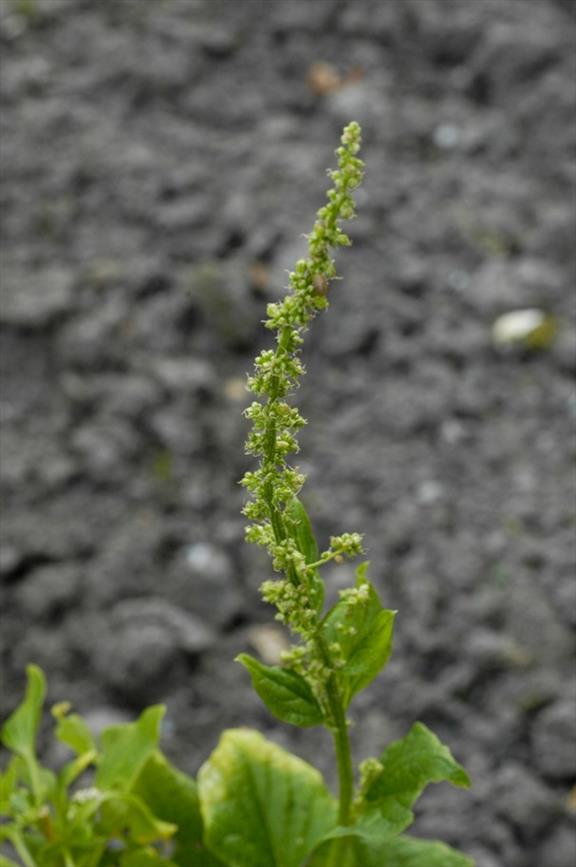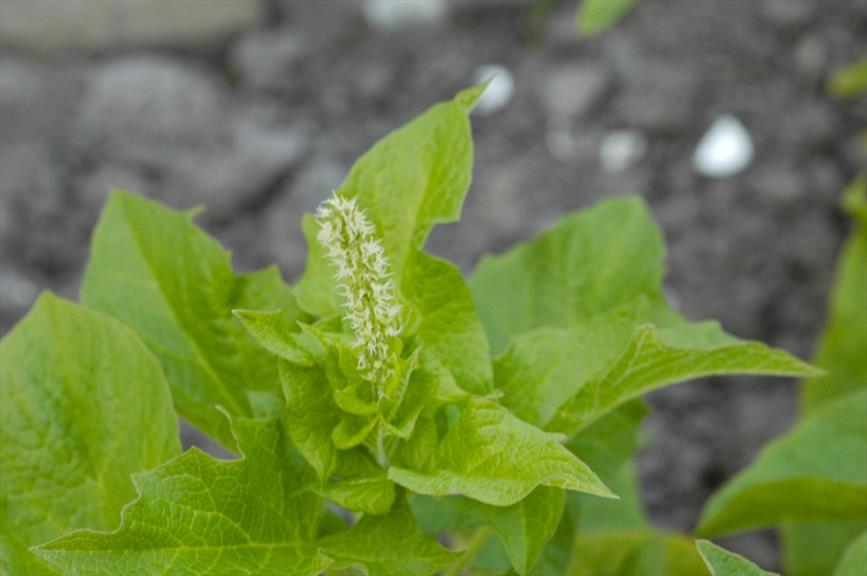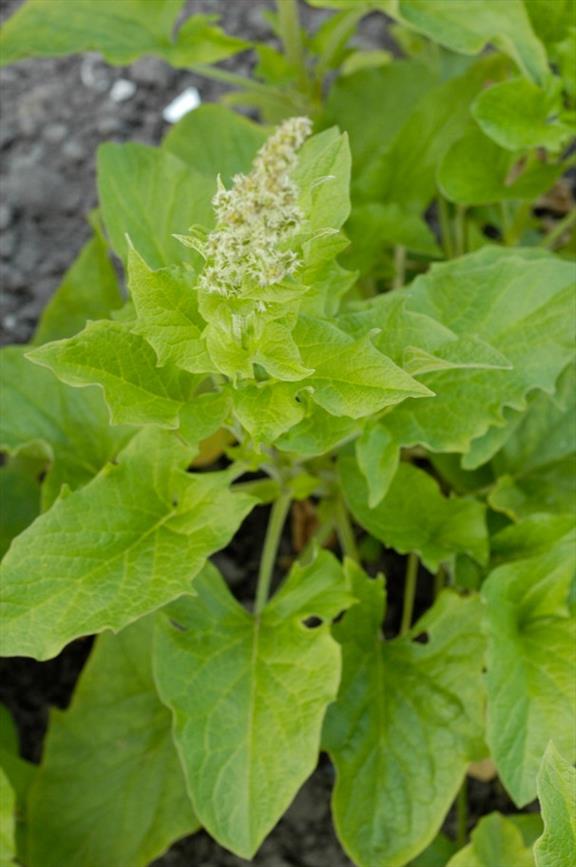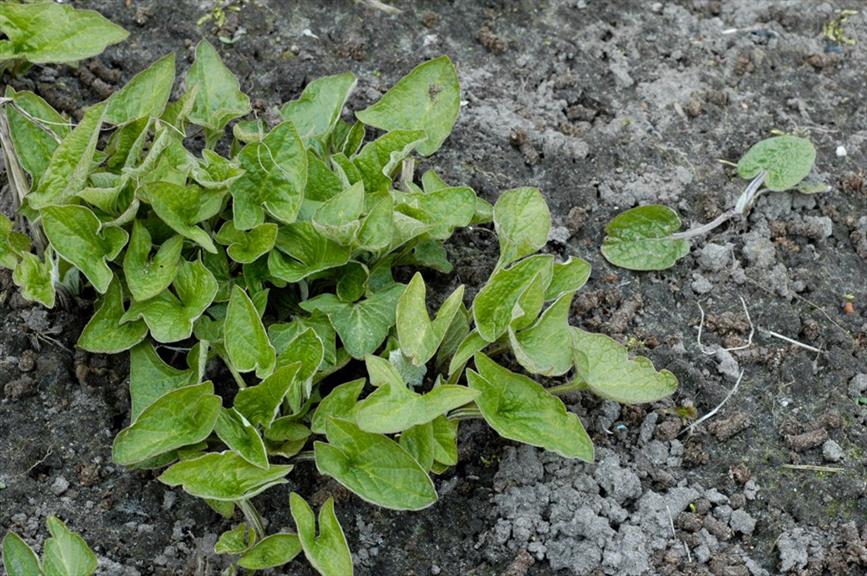Blitum bonus-henricus
Blitum bonus-henricus
Amaranth family (Amaranthaceae)
The leprechaun plant
The leaves of this 'forgotten vegetable' can be eaten like spinach. Traditionally the seeds were sewn in the spring and then left to grow for a year. The following spring the young shoots would be covered by a layer of earth to bleach them and then left to reemerge (similar to the way chicory is cultivated).
The Dutch common name, ‘brave Hendrik’, comes from the German guter Heinrich. Hein comes from Heim or habitation and rich means edible. Therefore this wild vegetable was known to grow around dwellings. Its powers were traditionally attributed to elves, goblins and gnomes - in popular German culture leprechauns are often called Heinrich.
Since 1950 this extremely rare plant has only been recorded as present on a very few sites in the Netherlands.
Read more.... »Themes
Crown jewel in the De Kruidhof Botanic Garden.
Gold-green dyes can be obtained from the whole plant.
The leaves of this 'forgotten vegetable' can be eaten like spinach. Other plant parts are also edible but it is not advisable to consume too many uncooked leaves.
In the Netherlands in the past this plant was sometimes sold as 'wood spinach'.
Details
| Description: | Herb, up to 0.60 m, monoecious. |
|---|---|
| Distributions: | Europe, mountains |
| Habitat: | Sunny, warm, sheltered areas on damp, nurient-and nitrogen rich soils, frequently manured and disturbed grounds. |
| Year cycle: | Perennial (trees and shrubs included) |
| Hardiness: | 5 - 14 f (hardy - cold winter) |
| Flowering period: | Mei - augustus |
| Flower color: | Red, green, brown |
| Notes on flowers: | Reddish-brown, green, brown |
| Fruiting period: | Juni - augustus |




